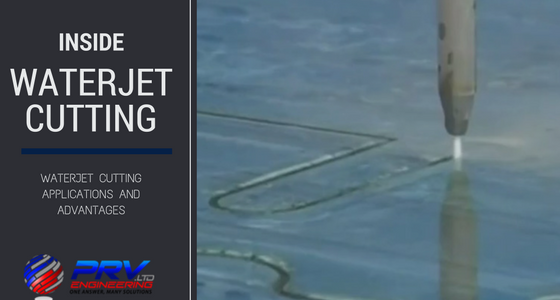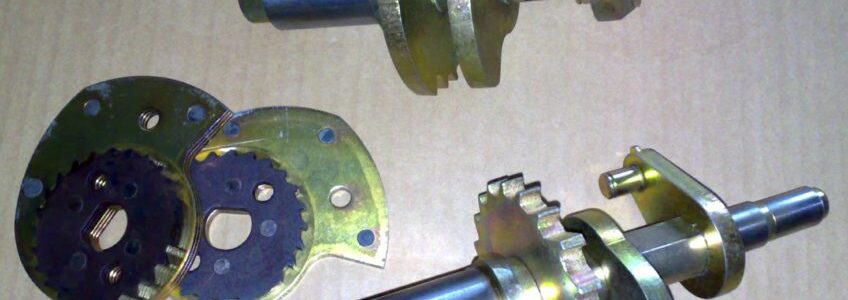Mould tooling is a vital aspect of plastic manufacturing, and while the initial cost of producing the tool can be substantial, the economies of scale make it worth the investment. However, it’s still essential to avoid unnecessary expenses during the design for manufacturing (DFM) process. In this article, we take a closer look at some of PRV Engineering’s top tips for saving money on mould tooling.
History of Waterjet cutting
Waterjet cutting is often used during the fabrication process of machine parts. A waterjet cutter, also known as a waterjet, is an industrial tool capable of cutting a wide variety of materials using a very high-pressure jet or stream of water. A mixture of water and an abrasive substance is also used in many applications.
Early waterjet machines could only cut softer materials as they had low pressure and could not handle harder materials and metals. They added an abrasive to the waterjet cutting nozzle in an attempt
There are many methods employed in Tool Making, ranging from the traditional processes to the more modern methods using CAD designs and CNC machining. It goes without saying, that the technique employed depends upon the quality, precision and quantity of tools required.
With improved machining technologies and design capabilities, it has become easier to produce high performance precision manufactured tools. However, designing and making these tools requires a great deal of planning, high performance equipment, technical know-how and of course, skill.
So, what should you take into consideration when searching for a good tool making service?
New Rapid Prototyping Development will Cut Costs and Lead Times
A new rapid prototyping development has been announced that could make the so called “rapid prototyping” process even faster. The new methodology revolves around making prototypes using vacuum forming technology. Vacuum forming is a way of thermoforming plastic. It involves manufacturing a tool, around which a heated sheet of plastic is draped. A vacuum is then created between the mould tool and the draped, preheated plastic. This vacuum sucks the heated plastic forcibly onto the tool, and holds in place whilst it is rapidly cooled by engaging the fans built into the vacuum forming machine. As it cools, the plastic conforms to the exact shape of the mould tool.
Having the Right Tools for the Job
Having the right tools for the job is crucial. It doesn’t actually matter what the job is. It might be carpentry – imagine trying to craft a mortise and tenon joint with a mallet and a screwdriver! Or how about trying to deburr a piece of metal with a sheet of fine sandpaper? Either way, at best you might eventually get the job done, but the time and effort would be disproportionate, and the end result would be below par.
The Benefits of Having the Right Tools
Having the right tools for the job makes all the difference in several ways:
• It means you will get the right finish and quality
• It means that the operational time will be minimised
• It means that the price of the finished component will be right
Thanks to the Industrial Revolution, the production and even design of nearly every product that companies use throughout the world moves at high speed. During the 20th century, most companies considered manufacturing as being an ‘all or nothing approach.’ In other words, creating new products (manufacturing) was a complicated process that required the proper designs and ultimately the right moulds that would be used in their manufacture. It was often too costly to create moulds and products for anything less than large orders.
Today, the global population has moved beyond seven billion and even though there are more people than ever, there is also a growing need for products to be manufactured on a smaller scale. We are PRV Engineering are often called upon to create these small scale or even jobs where we manufacture one off parts.
Tool making forms a very important aspect of the manufacturing industry. From designing complex tools to precision engineered machine parts, tool making finds use in a wide range of manufacturing and engineering applications. With improved machining technologies and design capabilities, today it has become easier to produce high performance precision manufactured tools. However, when it comes to choosing a good tool making provider, it can be quite difficult with so many outfits claiming to provide unmatched services. Designing and making precision tools requires a lot of planning, high performance equipment, technical know-how and skill. In this post we will take a look at what things you should look out for when choosing the right tool making service.






Recent Comments